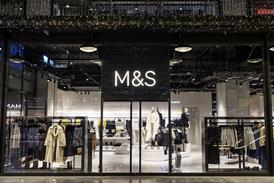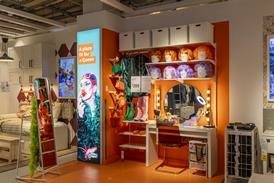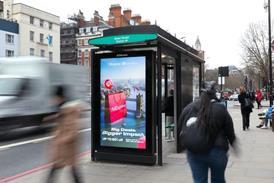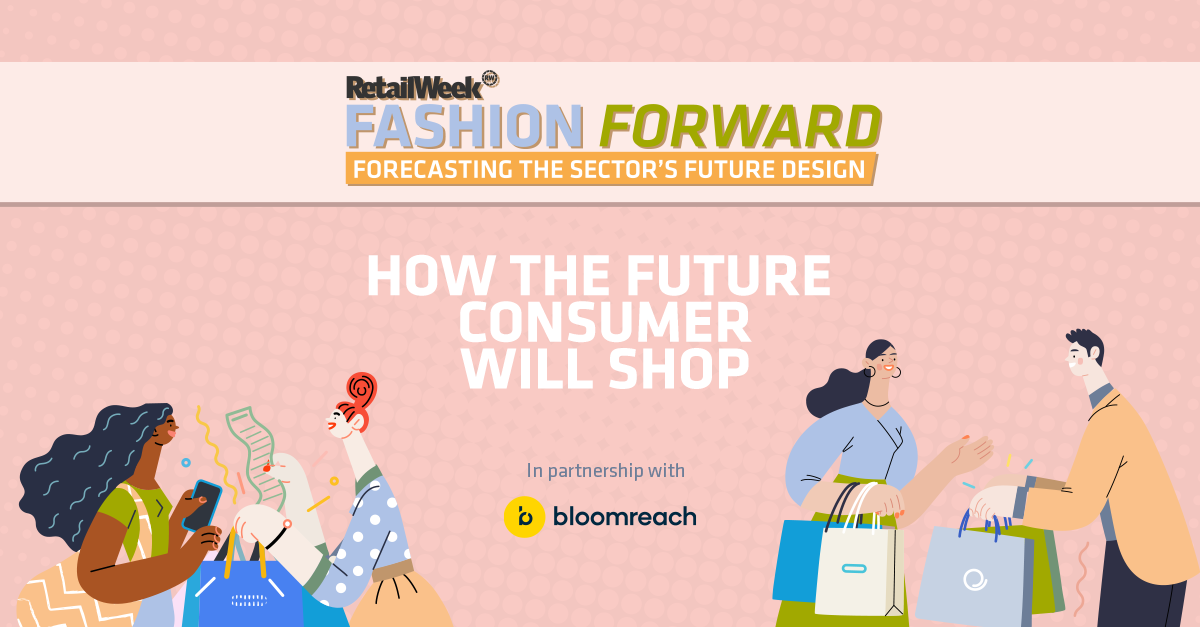
Retail Week investigates the shopping trends and consumer behaviour likely to shape the fashion industry over the next three years
Consumer trends by their very nature are dynamic and fluid, and none more so than in the fashion industry. What is lighting up the catwalks, stores and online in 2023 will be markedly different by 2026.
Retail Week launched its monthly Fashion Forward: Forecasting the sector’s future design content series in partnership with Bloomreach in July, with analysis revealing the top 30 fashion retailers by 2026/27 based on predicted sales. In this third analysis, Retail Week explores how fashion consumer shopping behaviour is likely to change across the next three years and what they will be buying.
Sales mix
To understand how the fashion consumer will change during that time, first it’s important to look at how they are behaving right now. Data from the Office of National Statistics (ONS) shows that clothing stores sales volumes fell by 2.2% in July 2023 from the previous month. Meanwhile, online textile, clothing and footwear stores rose 0.9% in the same period.
Online retail sales as a percentage of total retail sales are not at the high of 37.8% that we saw in January 2021 in the midst of the pandemic. However, they remain markedly above the 19.1% recorded in February 2020, establishing a new normal of around 25% since February 2023, edging up slightly in July to 26.1%, the ONS reports. So what does this tell us about the future?
Frasers Group, which ranked number one on Retail Week’s chart of the UK’s top fashion retailers by 2026, says it is a big believer in the UK high street, highlighting how the group is seeing growing appetite from its customers for in-store retail experiences in the aftermath of the pandemic.
Frasers’ elevation strategy – which was launched in 2019 and aims to raise the perceptions of the retailer in order to attract more high-profile brands to its Sports Direct stores – has enabled the group to meet evolving consumer demands through its investment across its store portfolio; the opening of new innovative and experiential flagships; and the strengthening of brand partnerships to unlock the best product mix and enable brand activations. Retail Week took a deep dive into Frasers Group’s strategy in last month’s second Fashion Forward analysis.
Looking to the future, Frasers has a strong belief that the desire for in-store shopping experiences will continue and that its digital channels will support the retailer in driving consumers into stores.
Consumer trend forecaster WGSN Insight senior strategist Laura Saunter believes that currently consumers’ path to purchase is highly fragmented, with supply chain issues, out-of-stocks, inflationary price hikes and product scarcity creating further obstacles.

New retail models
Retailers are already strategising for the future consumer’s appetite for alternative ways of discover, browse and buy.
Strategic foresight consultancy The Future Laboratory foresight editor Fiona Harkin explains there is a new retail model coming to the fore: “emotionally intelligent commerce“. This, she says, is centred on hyper-personalisation and underpinned by an omniscient ability to anticipate customers’ needs.
“The mix of retail channels will change dramatically in line with new technologies driving the personalisation choices presented to consumers,” says Harkin.
“While technology – especially artificial intelligence, deep-learning algorithms and data mining – is crucial to building a system of EQ commerce, even more important is understanding what that technology can deliver and how it can align with customers’ needs.”
Saunter adds: “Armed with many tools at their disposal, fashion consumers will seek out inventory across multiple channels and platforms, opting for a hybrid way of shopping that spans touchpoints and fulfilment options. From mobile apps and marketplaces to stores, social media and resale sites, they will buy from anywhere and choose any delivery that’s fast and guaranteed.”
Looking forward, Saunter notes that retailers will need to accelerate omnichannel fulfilment services to keep shoppers happy, as ”buy it anywhere, from anyone” becomes the new paradigm.
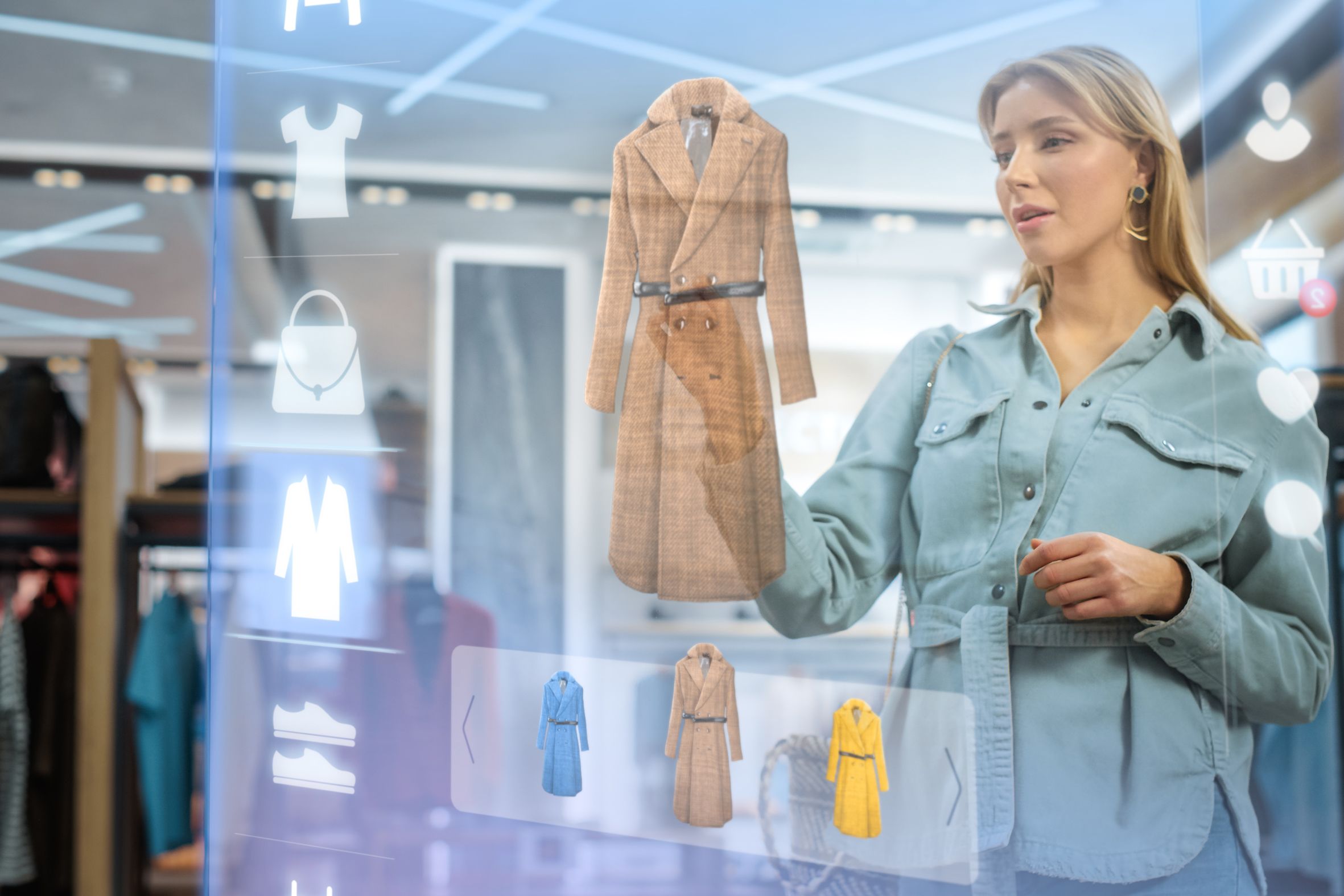
Purchasing trends
While consumers may be adopting new shopping behaviours equating to new retail models, it begs the question, what products will they be looking to purchase in 2026?
While there are presently two consumer camps – those who see value as low prices and convenience versus those who see value as a brand that offers good quality and design they love – is this set to change going forward?
Saunter says the unprecedented high cost of living is altering the very definition of ‘value’ in consumers’ minds and, as such, businesses need to rethink their offerings to ensure they can deliver new definitions of value that extend beyond price or brand image.
She adds: “Despite shifting spending priorities, most consumers will put a full halt on discretionary spending, but will continue to buy from companies that they perceive as delivering consistent value.”
And it seems that sustainability and circularity are buzzwords that are going nowhere fast.
Harkin shares that the resale market is growing in volume but also in breadth. And this is backed up by the figures – Statista reports that in 2022 the global market value of second-hand and resale apparel was estimated to be worth $177bn ($142bn). This value is projected to rise rapidly in the coming years, almost doubling in size from 2022 to 2027, reaching a value of $351bn (£283bn). This will not only define how future fashion consumers shop but also how they value their clothing purchases.
Indeed, where it used to be a subsidiary of fashion, it is and will continue to stand on its own. However, agreeing with Saunter, Harkin highlights that while economic appeal and circularity are key drivers, the exclusivity and rarity variables are equally important.
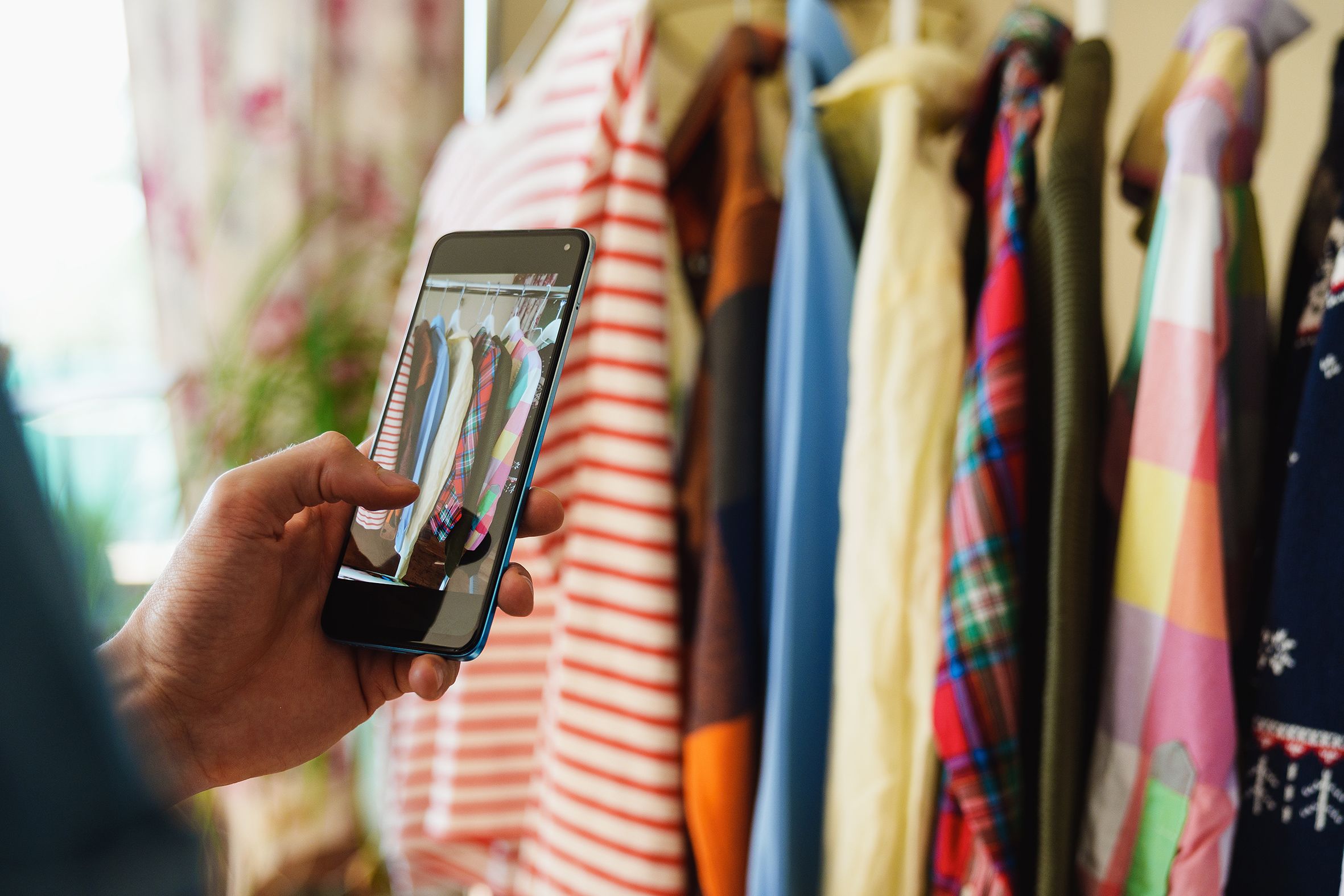
Sustainability focus
As an increasing number of fashion retailers match the mood of the nation and invest in sustainability and circularity. Strategic foresight consultancy The Future Laboratory foresight editor Fiona Harkin explains what this means for the fashion industry.

“The thrift market is enjoying a resurgence, tapping into the increasing consumer demand for more sustainable fashion choices as the fast-fashion industry faces allegations of greenwashing.
“Gen Z are leading the way for future generations with their early adoption of resale across sites such as Depop or TikTok. Depop’s 30 million users (90% of whom are aged under 26) are defining how a new generation of consumers discover style trends such as Y2K, while TikTok’s fast pace of vintage trends promotes a continual cycle of thrifting or designer archive advocates.
“There is an ease of interconnectivity in the way that Gen Z shop and consume across these resale digital platforms. This generation has blurred the boundaries between commerce and discovery, entertainment and entrepreneurship, and ultimately consumption.
“There’s a huge opportunity for fashion brands to tap into the Gen Z change-maker mindset, fusing creator economy energy with resale sustainability advocacy.“
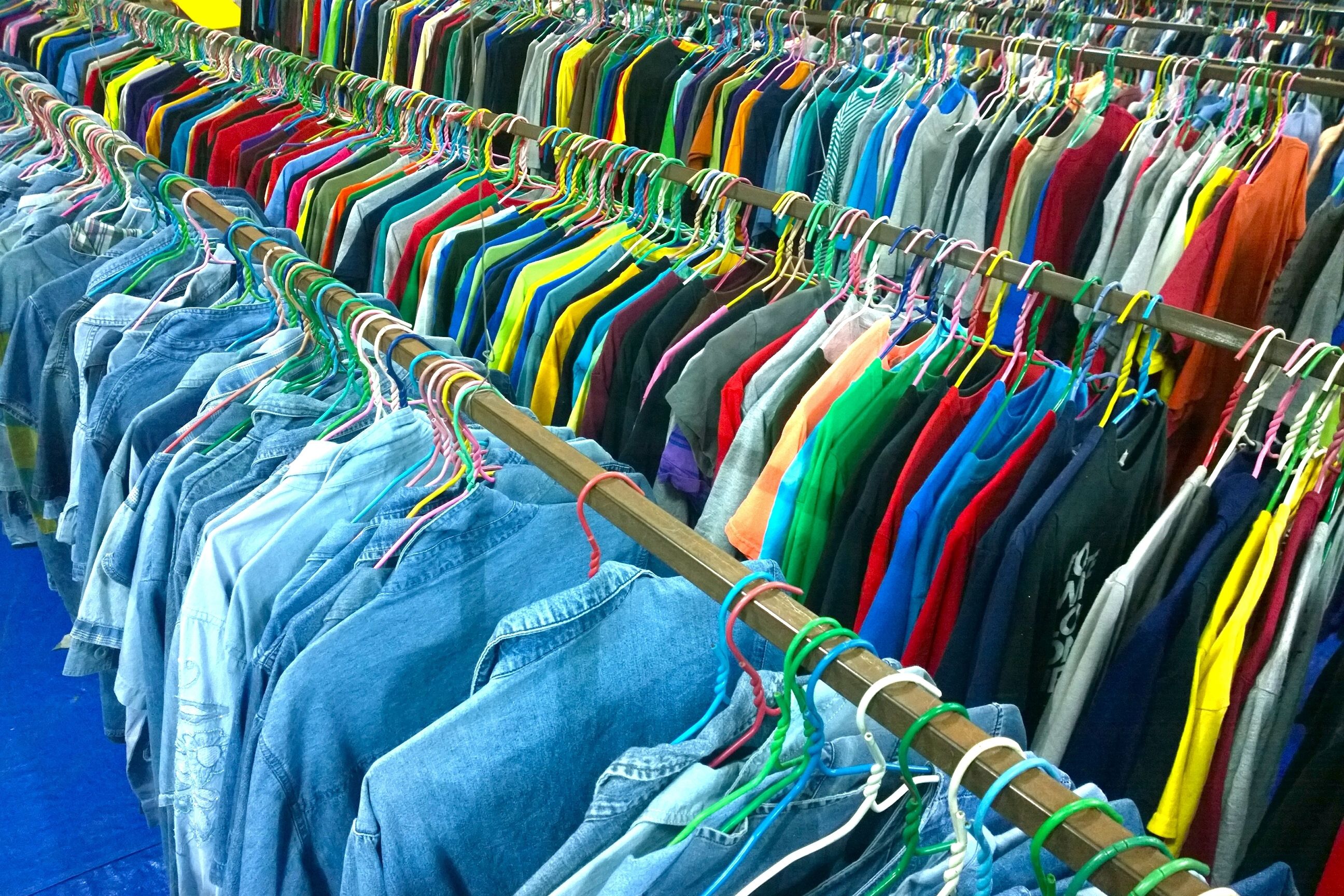
Partner viewpoint


Alice Chidgey, Customer Success Manager, Bloomreach Engagement UK
One thing is certain, both in-person shopping and ecommerce are evolving. Consumers seem to be taking more of a hybrid approach to their buying, by either browsing online and buying in-store, or vice versa. Having access to use cases that allow the entire customer journey to be stitched together – both online and offline – will put companies ahead as the trends outlined above become more popular.
The data indicates shoppers are heading back to bricks-and-mortar stores and retailers should see this as an opportunity. Collecting customer data from these in-store shoppers can inform the right marketing strategies for these customers offline. There are endless opportunities to connect with these customers digitally with the right marketing technology and compliantly collected customer data.
As both sustainability and an optimal customer experience are top of mind for many online shoppers, it’s never been more important for retailers to use artificial intelligence to lessen the impact of ecommerce returns. While returns can never be avoided completely, using AI to segment heavy returners and suppress marketing efforts to them can help lower product return rates. This will help companies’ bottom lines and reduce the negative impact returns have on the environment.
The brands that will see the most success over the next few years will be those that can understand their customers deeply and fully understand how to use AI to deliver personalised experiences to them.

What does a successful fashion strategy look like?
The Fashion Forward: Forecasting the sector’s future model content series will provide the answers. Upcoming content includes:
- October – Next season tech: The investments powering the future of fashion
- November – The products consumers will be buying three years from now
- Date to be confirmed – Virtual panel discussion, Fashion Forward: Forecasting the sector’s future model
This report was produced by:

James Knowles
Head of content innovation, Retail Week

Louise Prance
Report writer

Hanna Hua
Data analyst, Retail Week

Alban Bizet
Senior designer, RWRC



